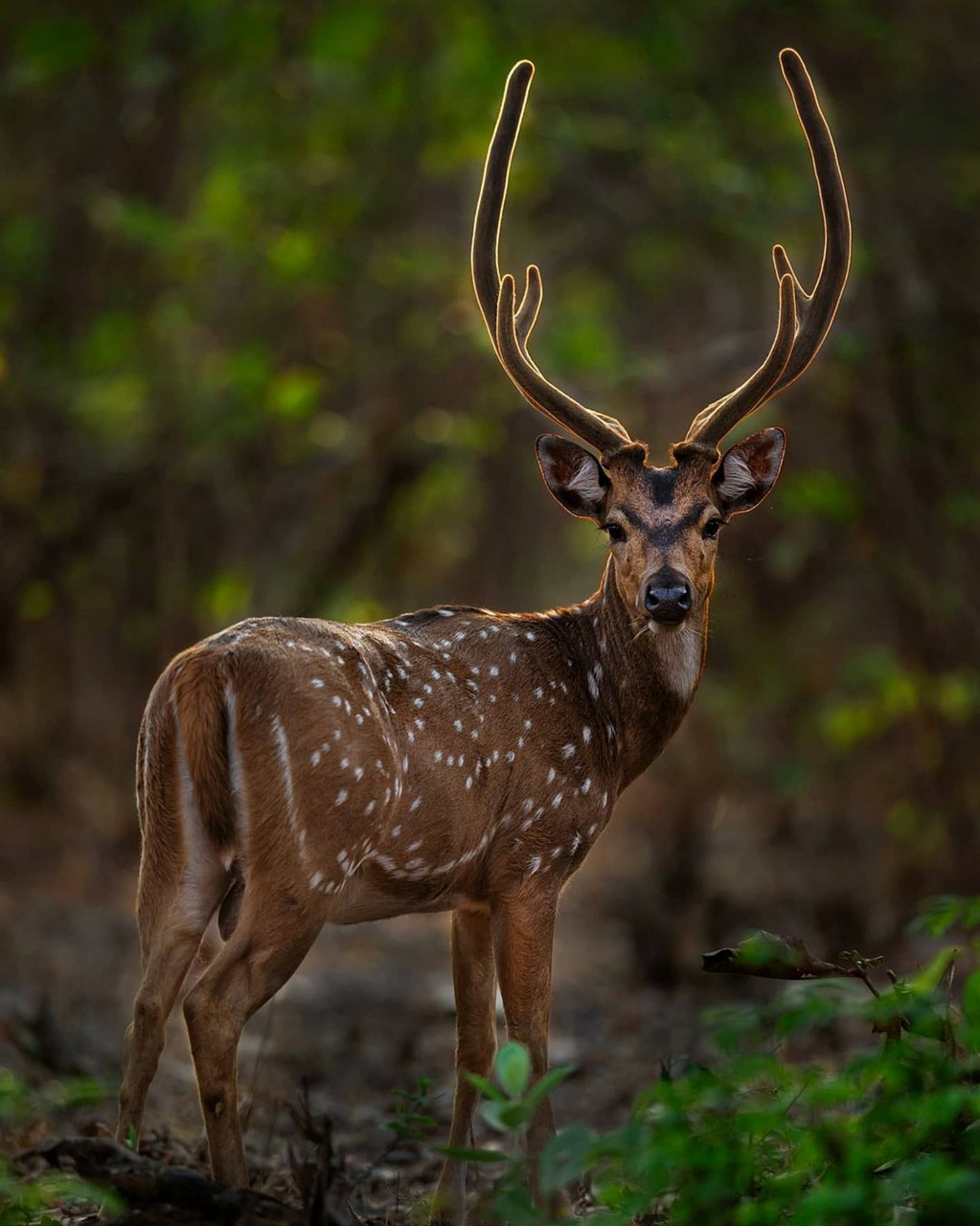COVID Hits Deer Population, Generating Mutations Passed on to Humans.
The COVID-19 pandemic has wreaked havoc on human populations across the globe, but its impact extends beyond our species. Recent studies and observations suggest that the virus has not only affected humans but has also had a significant impact on wildlife. One intriguing revelation is the potential transmission of COVID-19 from deer populations to humans, leading to the emergence of mutations. This unexpected development underscores the complex interplay between human and animal health and raises concerns about the broader consequences of the pandemic.
Deer as a Reservoir:
Deer, particularly species such as white-tailed deer, have been found to be susceptible to COVID-19 infection. Research conducted during the pandemic has shown that deer can contract the virus and develop respiratory symptoms similar to those observed in humans. It is believed that deer may have been exposed to the virus through close contact with infected individuals or via contaminated surfaces in their environment. As a result, deer populations have become a potential reservoir for the virus, serving as a breeding ground for new mutations.
Mutation and Transmission:
Viruses like COVID-19 have a remarkable ability to mutate, especially when they replicate in different hosts. The prolonged presence of the virus within deer populations provides ample opportunities for genetic variation and the emergence of new strains. These mutations can potentially alter the virus's characteristics, such as its transmissibility, severity, or resistance to treatment. If a mutated strain of COVID-19 capable of infecting humans were to emerge in deer populations, it could pose a significant threat to public health.
Zoonotic Transmission:
Zoonotic diseases are those that can be transmitted from animals to humans. COVID-19 itself is believed to have originated from animals, with the suspected source being bats or a wildlife market in Wuhan, China. The possibility of deer transmitting the virus back to humans highlights the ongoing risks of zoonotic spillover and the need for comprehensive surveillance and control measures.
Potential Consequences:
The transmission of COVID-19 mutations from deer to humans raises concerns about the effectiveness of existing vaccines and treatments. Mutations could lead to the evasion of immune responses triggered by vaccines, making it more challenging to control the spread of the virus. Moreover, if the virus becomes more transmissible or severe due to genetic changes, it could lead to an increase in human infections and potentially overwhelm healthcare systems.
Mitigation and Future Directions:
To address this emerging issue, it is crucial to prioritize enhanced surveillance efforts that encompass both human and animal populations. Increased monitoring of wildlife, particularly deer populations living in close proximity to human communities, can help detect early signs of viral transmission and the emergence of mutations. Furthermore, collaboration between public health agencies, wildlife conservation organizations, and veterinary experts is necessary to develop effective strategies to prevent and control the spread of COVID-19 among wildlife and the subsequent transmission to humans.
The transmission of COVID-19 mutations from deer to humans highlights the dynamic nature of zoonotic diseases and the interconnectedness of human and animal health. As we continue to grapple with the ongoing pandemic, it is vital to recognize and address the potential risks posed by animal reservoirs. By adopting a holistic approach that considers both human and wildlife populations, we can enhance our understanding of viral transmission dynamics and develop effective strategies to mitigate the threats posed by zoonotic diseases like COVID-19.


Posting Komentar untuk "COVID Hits Deer Population, Generating Mutations Passed on to Humans."